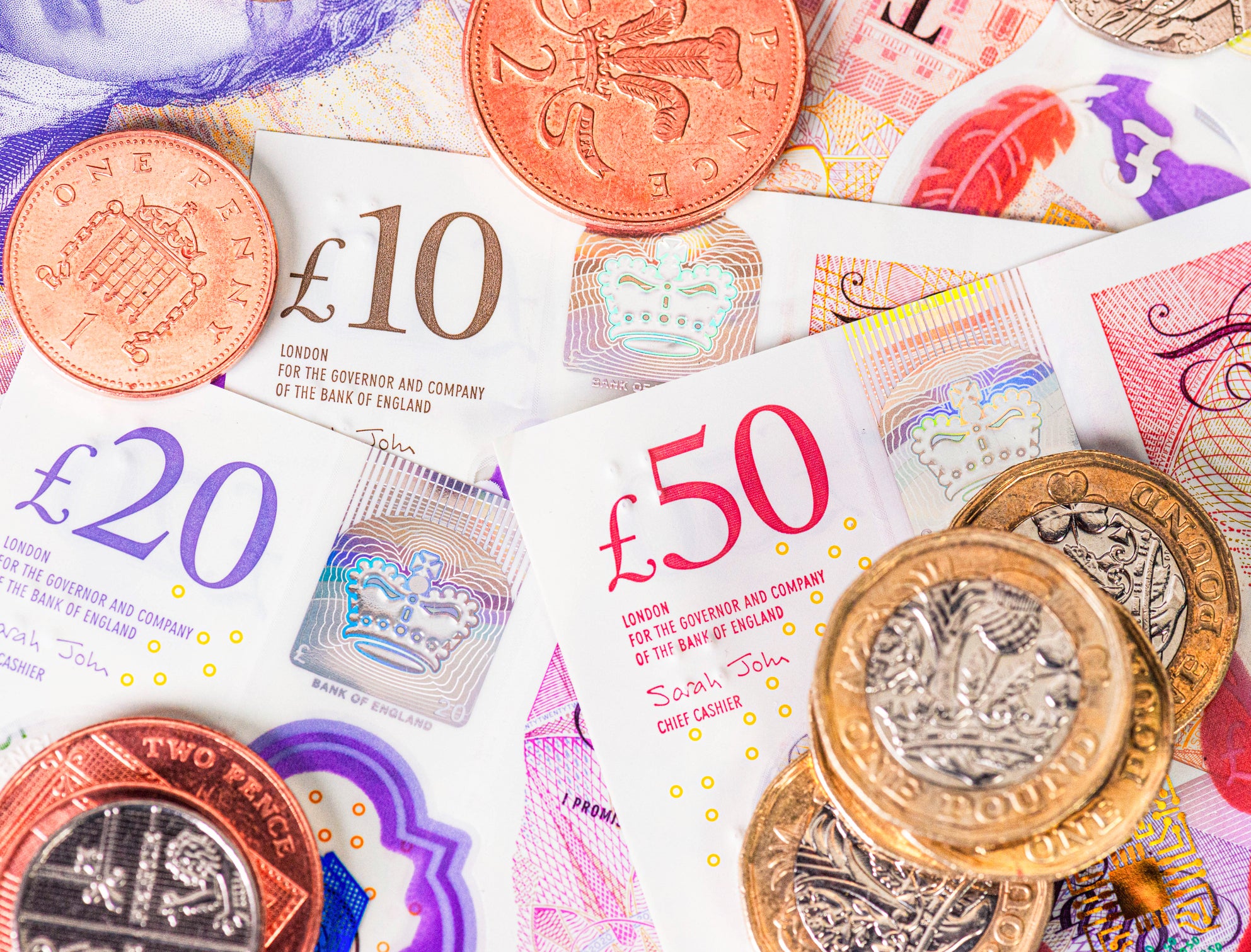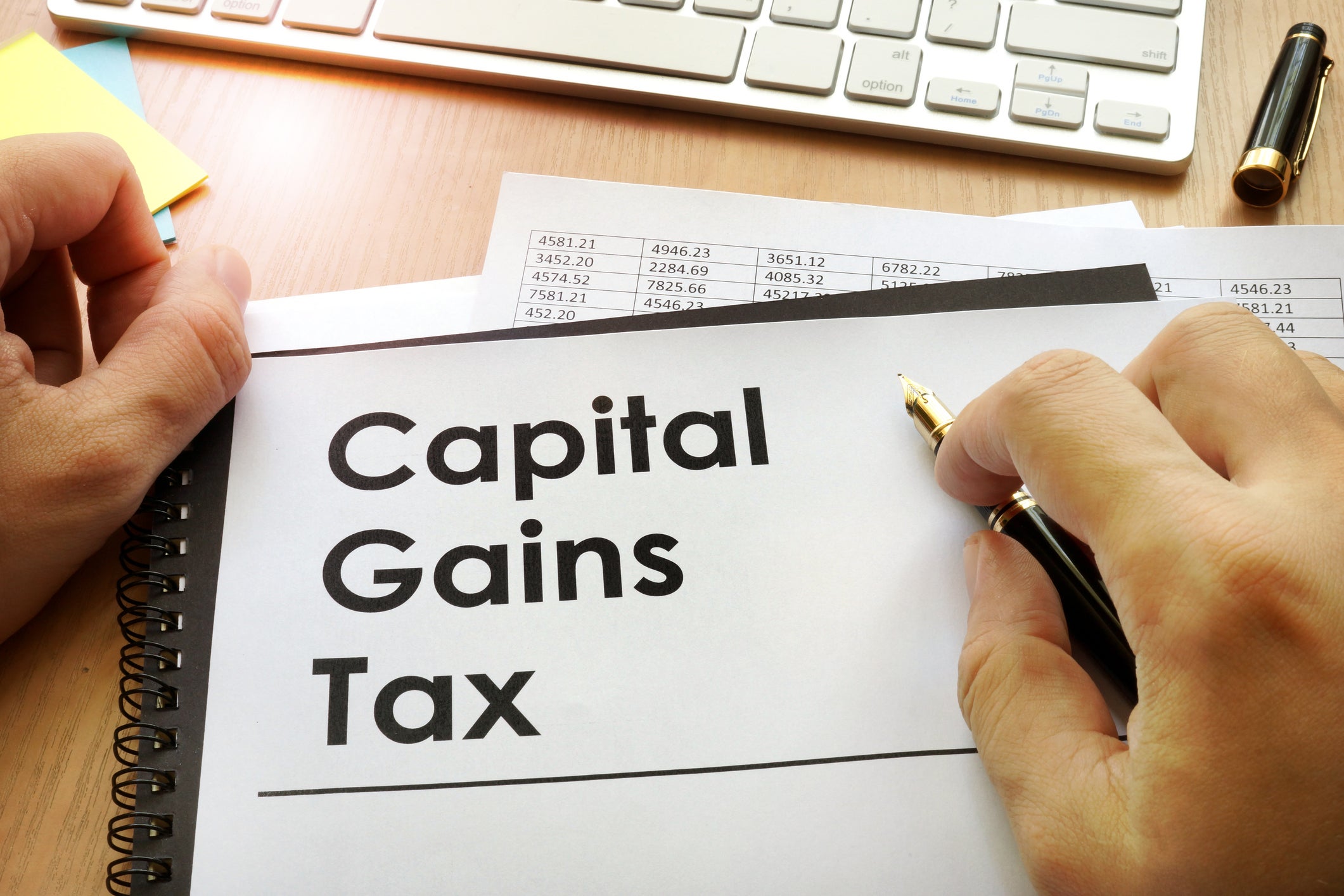
Investing is a more effective way to grow your wealth than just relying on cash savings products.
Taking a bit more risk with your money by putting it to work in the stock market means you can own a stake in the biggest brands in the world or spot unloved or emerging gems.
Investment returns typically beat cash savings over the long term, plus you will usually have a better chance of beating inflation.
But choosing to invest is just the start. You also need to consider how you invest your money to ensure you are putting your hard-earned savings to work in the most effective and tax effiicient way.
Here is what you need to know about how to invest.
Have a plan in place
Planning is key when it comes to investing. You wouldn’t just arrive at an airport and get on any plane when going on holiday or just step on any train at a station.
It is important to decide why and what you are investing for so you can decide on a target and the best way to achieve it.
Goals may be shorter term such as a car or holiday, or more long term if you want to build a mortgage deposit or wedding fund.
Ross Lacey, director at Fairview Financial Planning, said: “Investing is just one piece of the puzzle when it comes to good financial planning.
“The starting point should be to ask yourself what you're actually investing for. Our advice is to start with the end in mind, work out what you'll need at various points in life - such as £250,000 in your pension in 10 years' time. That'll help inform what you need to do to get there.”
Don’t be afraid to start small
You don’t have to be rich to invest and some platforms will let you start with as little as £1 or £100.

Dan Coatsworth, investment analyst at AJ Bell, said: “You can invest small amounts at regular intervals, such as setting up a direct debit to take money out of your bank account each time you receive your salary.
“Taking it slow and steady isn’t just more forgiving on your finances. It can also cushion you from investing’s ups and downs and saves you from having to worry about ‘timing’ the market to find the right moment to invest.”
DIY or financial advice
There are a few options when it comes to investing.
If you are confident about researching investments and building and monitoring a diversified portfolio, then you could opt for DIY investing, where you are in control of where your money goes.
If you want some expert help, a financial planner or adviser could help devise a strategy and assess your attitude to risk for a fee and will have an investment team that builds and manage a fund portfolio on your behalf.
There is also a middle ground of robo-wealth managers, where you complete a risk questionnaire and your money is allocated to a fund portfolio of usually low cost tracker funds.
Each option will have costs such as annual management fees and fund charges.

Coatsworth added: “Before you put any money into the markets, it’s always a good idea to first pay off any expensive debt such as credit cards or personal loans on a high interest rate. Once that’s sorted, and you’ve put aside at least three months’ worth of cash for emergencies, it’s time to draw up a plan for your investing.
“Establish how much you can afford to invest each month, your risk appetite, the reasons why you are investing, what’s already in your portfolio, and when you need to access money. All these factors will dictate where you want to invest and in which account you hold the investments.”
Anita Wright, chartered financial planner at Bolton James, suggests investors should weigh the benefits of DIY investing against professional advice.
She said: “While DIY investing suits those with the time and knowledge to manage their portfolios, it comes with challenges, including risk management and emotional decision-making.
“Many DIY investors chase past performance – in that frequently back last year’s top-performing fund in the hope that it will continue to outperform. This can lead to buying high and selling low.
Professional advisers help mitigate these risks, offering expertise in portfolio construction, tax efficiency, and long-term financial planning. However, they charge for their services just like lawyers or dentists.”
Scott Gallacher, chartered financial planner at Rowley Turton, says many people benefit from professional advice—especially when navigating life events, such as retirement, inheritance planning, or large windfalls—“where the value of advice goes beyond investment selection.”
Shares or funds
There are different types of assets to invest in.
You could put money directly into listed companies through shares, or trust a fund manager to build and manage a portfolio of share for you.
Other assets include bonds, that pay a fixed income, or commodities such as gold.
Coatsworth added: “Someone with a small amount of money or limited experience might prefer funds over individual shares. They provide instant diversification which means your risks are spread around potentially 25, 50 or even 100 investments inside each fund. If something goes wrong with one of the underlying holdings, the rest of the holdings in the fund should act as a cushion. In comparison, if something went wrong with an individual share, you would feel the pain a lot more. Furthermore, transaction charges are often cheaper for funds than shares.”
More experienced investors often like to buy individual shares than funds, said Coatsworth.
He added: “The downside of having broad coverage through funds is that if one of the underlying holdings does well, its success can be muted by other holdings. In contrast, if you held that stock directly rather than as part of a fund, any success could have a more pronounced impact on your portfolio. For example, many experienced investors might have a portfolio of 10 to 20 of their best stock ideas.”
Holly Mackay, founder of investment guidance website Boring Money, warns that beginners shouldn’t try to pick stocks.
She said: “You cannot know more than institutional traders and you will be too heavily reliant on one company’s fortunes. Funds are collections of investment curated for you and are a safer bet for most of us. If you want to keep costs low, consider an exchange traded fund which is a low-cost way to access a region, or theme. For example, AI, the US or Emerging Markets.”
Active v passive
There is another choice to make if investing in funds.
Do you trust a fund manager to build and monitor a portfolio for you, known as active management, or, do you look to track the performance of a market such as the FTSE 100 or S&P 500 through an index fund?
An active manager will try to beat the market while an index fund will replicate its performance.
Coatsworth added: "You typically pay higher charges for an active fund because there is a fund manager’s salary to pay. In comparison, tracker funds are essentially run by computers following rules around which stocks or other assets belong to the index being followed.”
The risk is that an active manager could make the wrong calls and lose money, while an index fund - although typically a cheaper investing option - will simply drop in value if the market falls and you won’t be underperforming.
Mackay describes passive funds like backing every horse in the Grand National.
She added: “Active funds cherry-pick and try and spot the winners. When they get it right, it can be very rewarding, but when they get it wrong it’s an expensive fail.”
You can of course combine both strategies. Mackay said: “I personally use passive funds as a staple of my investing portfolio and have a few active funds for more specialised areas. This approach is known as a ‘core and satellite’ approach and has worked well for me.”
Make use of your tax-free allowances
Beyond keeping costs down, tax efficient investing is another effective way to ensure you keep more of your investing profits.
There are two key tax allowances that investors can use when putting money into the stock market.

All UK adults get an annual £20,000 ISA allowance, where any returns in a cash ISA or stocks and shares ISA product are tax-free.
You can also put up to £60,000 into a pension each tax year and any capital growth is tax-free.
James Norton, head of retirement and investments at Vanguard Europe suggested that increased capital gains tax (CGT) rates and changes to inheritance tax rules in the Autumn Budget makes it more important to protect your savings and investments from the taxman.
Norton added: “The simplest way to limit your CGT exposure is to make the most of your ISA. Alternatively, if you’re happy to lock in money until your retirement, you could consider saving more money in pensions, such as a self-invested personal pension (SIPP).”
Don’t be concerned that you’ve missed the boat if your investments aren’t already in ISAs or pensions though.
Norton said: “You can still protect future growth, by acting ahead of tax year-end on 5th April. You can fund your ISA with the proceeds from the sale of your existing investments rather than with new money in a two-step operation known as ‘bed and ISA’.
“This involves selling holdings in your general account (GA), using the cash proceeds of the sale to fund your ISA, and then buying back the same holdings within your ISA. You effectively end up with the same portfolio as before, but your investments are housed in a more tax-efficient account.”
When investing, your capital is at risk and you may get back less than invested. Past performance doesn’t guarantee future results.







